The peoples of the Mediterranean began to emerge from barbarism when they learned to cultivate the vine.
(Thucydides, V century BC)
I have talked about the beautiful history of the Etruscan vine tranining system, married to a tree, which survived for over three thousand years (see here). It is a form of avanced viticulture. How was it born?
How and when did the Etruscans learn to cultivate the vine?
In the old books on the wine history it is still found that the Etruscans learned viticulture and wine production from the Greeks. Studies of the last decades have instead shown that it was a development of its own.
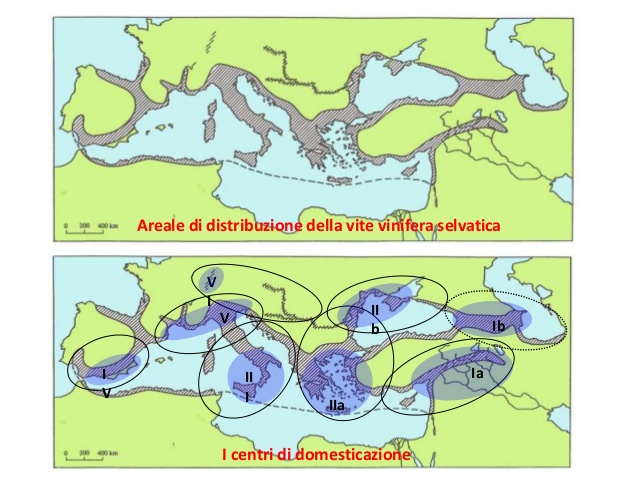
It is not easy to investigate these remote ages, when there are no documents, the remains of reference are highly perishable, moreover in a country like ours with so many historic layers. A classic example is represented by the “palmenti” (of which I have spoken here): they have been used for centuries, sometime for millennia, and this makes really difficult to find their time origin.
However, in recent decades, investigation techniques have been increasingly improved, integrating different disciplines, putting together the work of archaeologists, paleobotanists, molecular biologists and viticultural experts. They study the remains of ancient pollen, grape seeds, sediments on work tools and containers, the genetics of wild vines still present in the area and those close to archaeological sites, etc. In Tuscany, in particular, I remember in this regard the Vinum, Archeovino and Senarum Vinea projects, to which I refer mainly for this post. These and other studies are increasingly shedding light on our most ancient wine-growing history.
In many Italian areas there has been an independent birth of embryonic viticulture forms. However, for many of them the transition to fully-developed viticulture was strongly influenced by more advanced cultures (at that times).
Thus it was not for the Etruscans, the first winemakers in Italy who took the vine from the woods and cultivated it with the vine-growing system married to a tree. So, from the initial proto-viticulture, they developed a form of autonomous viticulture, which later became a key part of the Italian agricultural landscape for millennia, also considered a cultural frontier.
The contact with the Phoenicians and the Greeks will also enrich their viticulture and wine production, but they will always maintain a strong identity.
In Western Europe we can in fact trace the ancient cultural frontiers thanks to the type of historical viticulture of the territory. The Greeks have shaped viticulture in Southern Italy and Mediterranean France. The Etruscans have influenced that of Central and Northern Italy, including Rome and Northern Campania. The Romans, later, developed it in the territories of Central Europe, bringing the vine even to areas that had never seen it before.
Let us return, however, to the Etruscans and to the long and complex path of the birth of their viticulture. To simplify, scholars have divided it into phases. Some aspects are common to all the populations that have undertaken this process. Others are exclusive to the Etruscans.
The phase of pre-domestication.
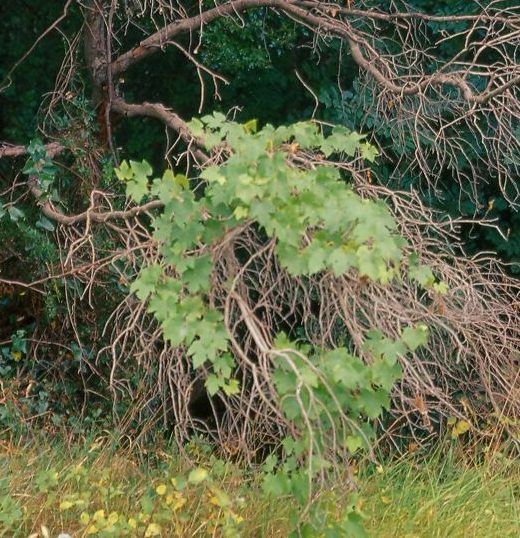
Our very distant ancestors, in Prehistoric times, gathered wild grapes (Vitis vinifera sylvestris L.) in the woods, taking what nature spontaneously gives. Grape seed remains have been found in anthropic contexts at least since the ancient Neolithic. Obviously, it is not excluded that it also happened in earlier times, we think at least from the Paleolithic.
In this period the man collects the grapes (on the right, wild grapes in Guado al Melo) but it does not seem there are traces of vinification.
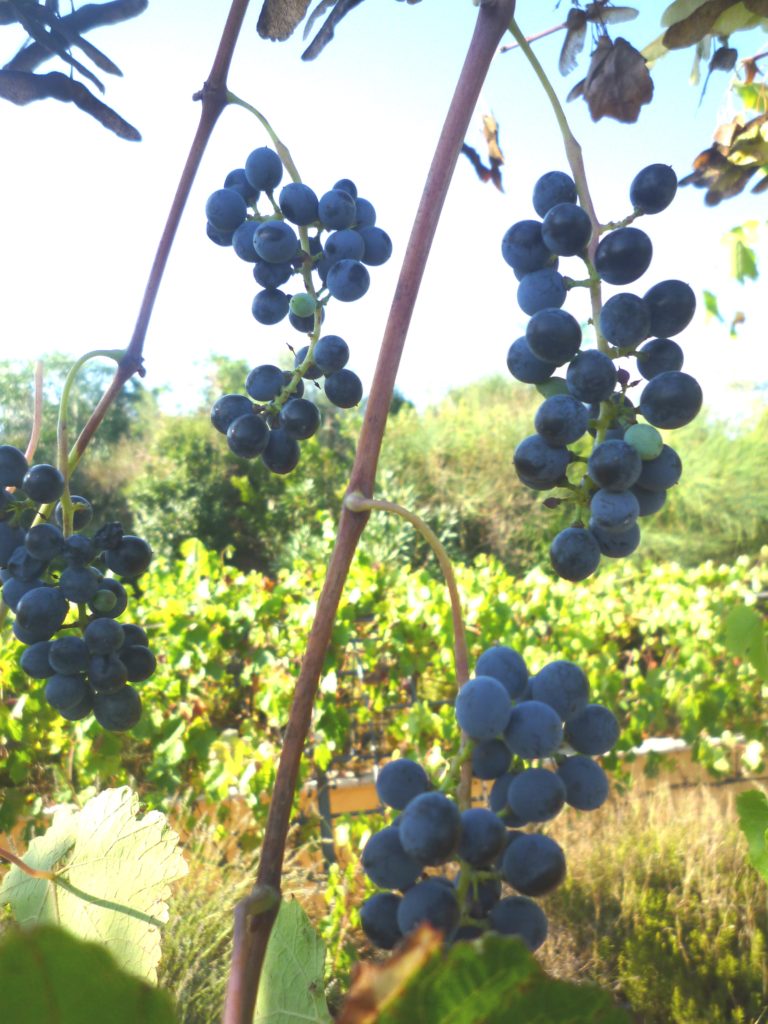
Do wild vines still exist today? In our woods it is still possible to find them (on the left, wild spontaneous vine in Guado al Melo), in fact the Vinum project worked on them. However, it is not very easy and increasingly risk disappearing. In fact, they grow mainly along streams, areas that have been constantly cleaned up for centuries by farmers to safeguard the territory. However, among the vines that can be found in a forest today, there are different situations: really wild vines, domesticated vines that came back to the wild (because there may have been an abandoned farm, etc.), spontaneous hybrids born between the wild vine and the domestic one. Are the current wild vines identical to those of the origins? It is not credible to think of it: in millennia of intense viticulture, it is very probable that the wild vines in the woods had genetic exchanges with domestic ones.
Tuscany and upper Lazio are the Italian regions that still have the largest number of wild vines, concentrated mainly in the Maremma woods overlooking the Tyrrhenian coast. Our territory, the Alta Maremma, represents its northernmost part (yellow arrow on the map below, from Attilio Scienza).
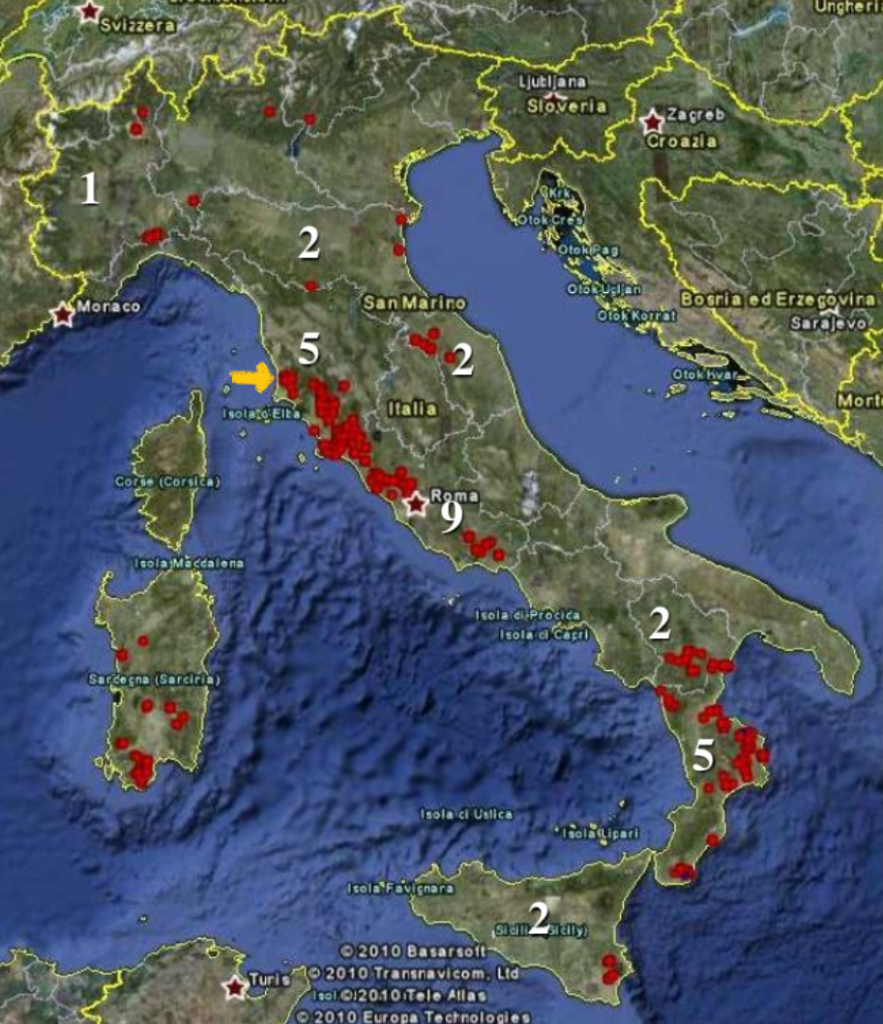

It is thought that the first form of viticulture in central Italy began towards the end of the second millennium BC, in the Bronze Age. We are at the beginning of that period that scholars have called the phase of the Lambruscaia.
This phase is a way of transition between spontaneous harvesting and an actual agricultural form, an embryonic viticulture that led to para-domestication. In this period the man from passive collector becomes active: he begins to take care of the wild vines in the woods, in the places where these grow spontaneously.
This viticulture resembles the one that Homer tells us about the Cyclops:
“Nothing is planted by their hands, not even plowed; everything grows for them without sowing or plowing: and wheat, and barley, and vines that produce wine from large bunches, and the rain of Zeus swells them “(Odyssey IX, 108-111).
The care and protection from predators makes the availability of the fruits more constant and perhaps even more abundant. A selection is not excluded in this phase, in the choice of treating the most productive vines or more pleasant in taste or the most resistant to pests.

We do not know how the Etruscans called them or, better (for this period), the Villanovian peoples from which the Etruscan civilization will develope from the IX century B.C.
The term “lambruscaia” derives from the word “labrusca” which in Italy historically refers to the wild vine. Lambruscaia thus identifies the place with groups of wild vines in the woods. These plants tend to grow, in our Mediterranean forests, where there is more availability of water, for example near streams.
The word labrusca appears for the first time in a written document by Virgil (1st century BC). However, scholars think that it is much older, perhaps of Paleo-Ligurian derivation. Be careful not to confuse it with the species Vitis labrusca L., an American vine which came to Europe in the nineteenth century; here we always talk about Vitis viniferaL., the only European species, in its wild form, ie the sub-species sylvestris.
The word labrusca or its derived forms were still in use until not many years ago, to indicate the wild vine in the Center Italy: labrusca / lambrusca, abrusca, brusca, ciambrusca / cianfrusca, abrostola, abrostina, up to the most original raverusto and zampina. In Tuscany, in the past centuries, the terms averusco and abrostine were used to indicate the wine still made by wild grapes.
These words still echo in the names of several current varieties, even very different genetically. They share the fact that they remember their ancestral wild origin in the name. The most famous are the numerous Lambrusco, but there are also Abrostine, Abrusco, Abrostolo, Raverusto di Capua (another name of the Asprinio from Aversa), etc.
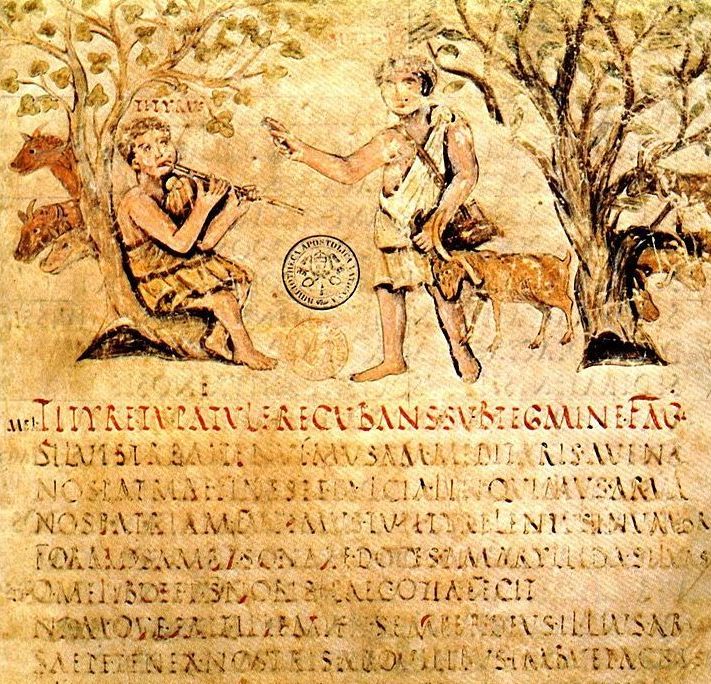
The cultivation of the lambruscaie in the woods is a primordial element characteristic of the Italian agricultural landscape, as also recalled by Emilio Sereni (“History of the Italian agricultural landscape”, 1961), a reality in which the boundary between natural and agricultural environment is often very blurred. In fact, the lambruscaie will never completely disappear, even after these remote eras, despite the shift to more advanced forms of viticulture. Especially in the Maremma areas, the peasants used them again for centuries, until at least the 19th century (although in marginal form).
However, a systematic collection of grapes is documented in this period. But did they really make us wine?
It really seems so. In some archaeological sites of the early Bronze Age (Lake Massaciuccoli), medium (San Lorenzo a Greve) and final (Livorno-Stagno, Chiusi, Tarquinia) and others, large remains of grape seeds have been found, some with wild characters and others with elements of domestication. Thus, a significant amount of bunches of grapes had been harvested, brought into the town and not consumed immediately, but stored in structures used for food reserves. The oldest palmenti (rock vat for crushing the grapes) found so far seem to date back to the Bronze Age (I talked about the Etruscan and Roman production techniques here).
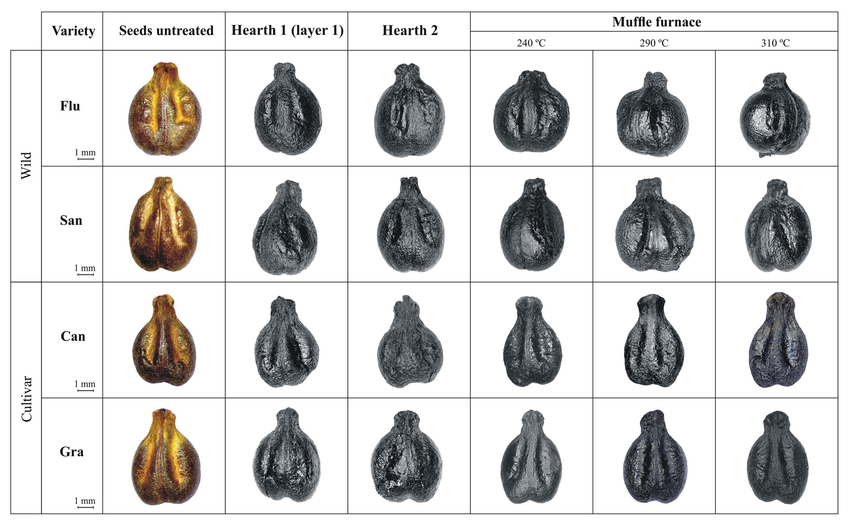
However, in this period, the wine produced is little, quite far from the taste we are used to today. Given the characteristics of wild grapes, it is very probably very light, sour and rich in tannin. It is accompanied by other fermented beverages, such as that obtained from cornel, sorb or other fruits. And yet it will be the drink obtained from the fermentation of the grapes to win over time, for an undoubted gustatory and conservative superiority, over all the others.
The primordial viticulture later went beyond lambruscaie, because of several productive improvements and also to the introduction of more advanced instruments, such as the long handle pennato (a local type of billhook).
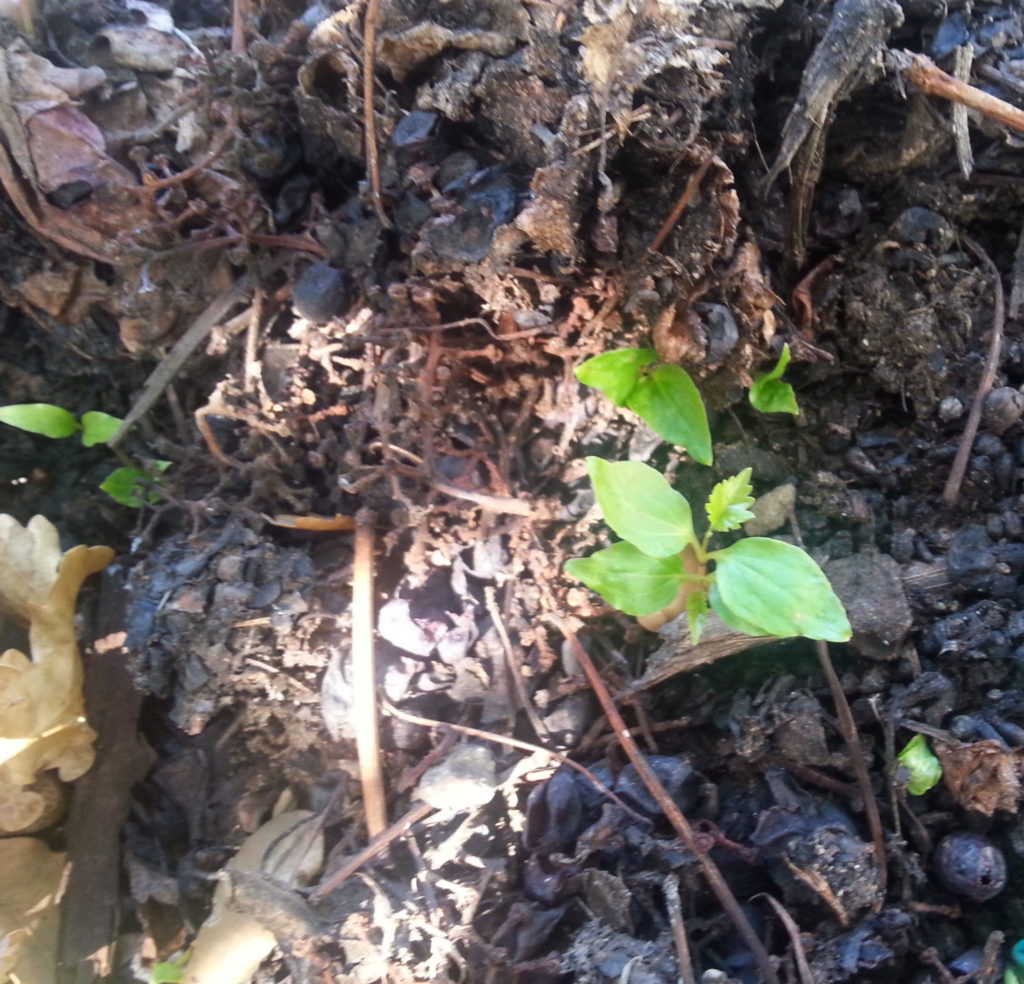
At one point the vine leaves the forest. It is not known whether this passage to a real cultivation was rational or was born from the observation of random facts. One of the most reliable hypotheses in this sense is the one called of “the garbage dump” or, more elegantly, of spontaneous vegetable gardens. According to this theory, man has started to see useful plants grow (in this case the vine) near his own settlement, in the places where he left his waste. In these places the ancient humans left food remains and even their own droppings. The seeds, thrown or present in the faeces, germinate and develop very easily in places so rich in organic material and moisture.
From the second half of the eighth century, in one way or another the wild vine came out of the wood, it was brought to its margins, near the human settlements. The structuring of a real viticulture begins, a new phase called Numana by the scholars.
In this phase the advanced Etruscan viticulture is born: the vine was cultivated always imitating nature, in the form of a vine married to the tree (of which we have already spoken here). The winegrower’s work cycle becomes complete, including the vine planting and the renewal at the end of vineyard life. It is not by chance that the name of Numa Pompilius was chosen: it is the era of “normalization” of viticulture which, besides, from Etruria is transmitted to the nascent Roman civilization.
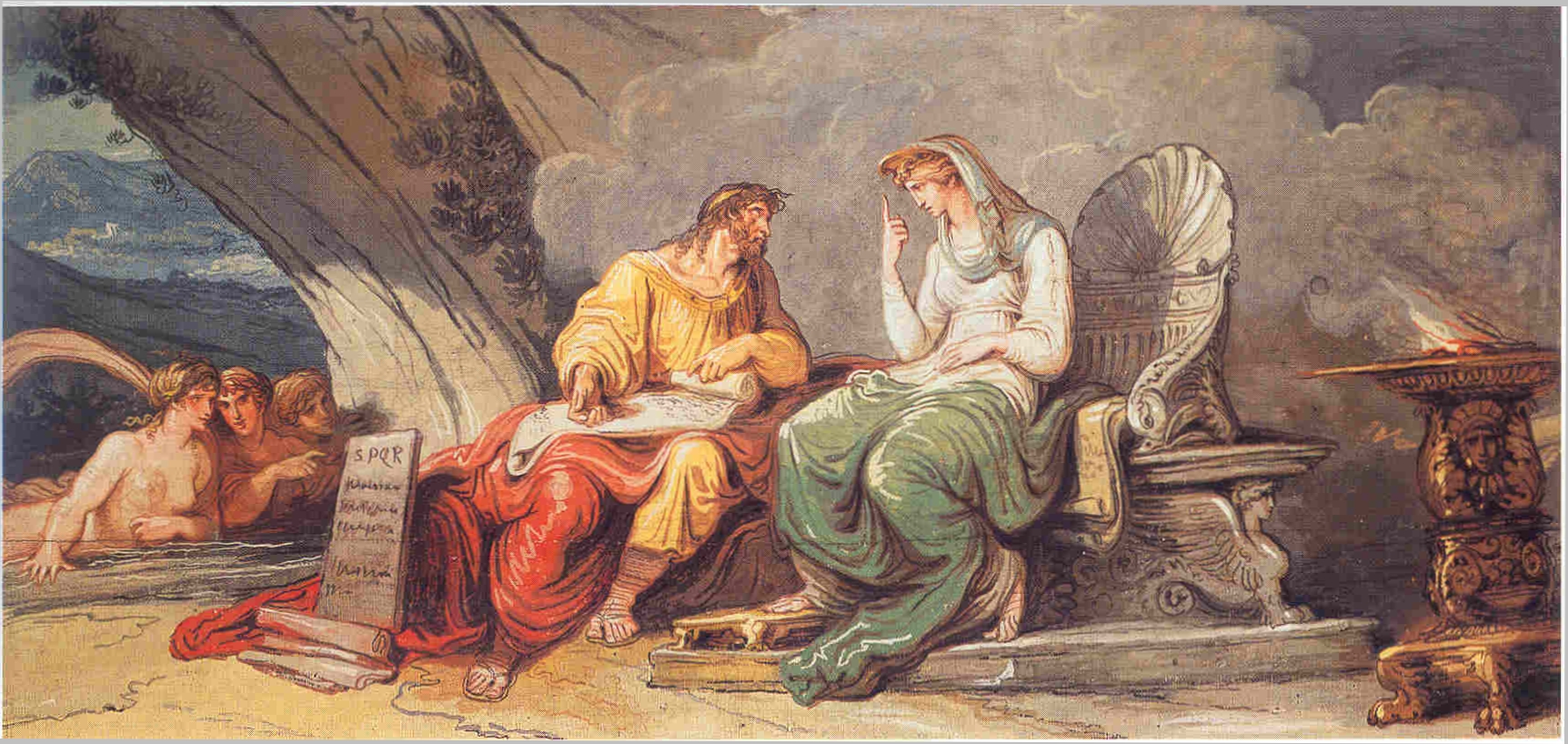
Cultivation inevitably led to increasingly intense selective pressure. The ancient winegrowers choose to plant and propagate the best vines, the hermaphrodite ones (I remember that the wild vine is instead predominantly dioic, with separate sexes), the most productive or the earliest one, those most resistant to weather or disease, etc. This is the proto-domestication.
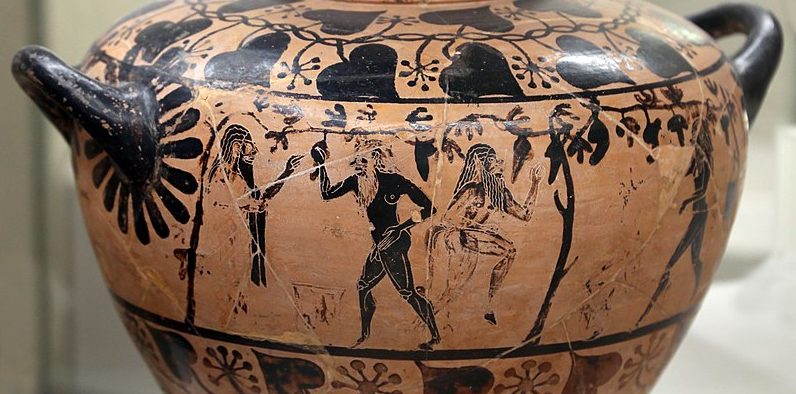
In this period also the first imported wines and the oriental vine varieties arrive, brought to Italy by the Greeks and by the Etruscans themselves. These were cultivated but also grafted and crossed (more or less voluntarily) with local varieties. The immense process of very intricate genetic plots, that generated many of the current varieties, began. This process represents the complete vine domestication (which is still ongoing since then).
It is probable that the passage from the ancient word temetum (which originally could also indicate different fermented beverages, not only that made with grapes) to that of vinum, of Greek derivation, dates back to this phase. The latter will become the most used in the Etruscan and Latin languages, till the modern European languages.
From the end of the 7th century BC, an agricultural period more similar to ours began, which was called the phase of the landscape organized in the countryside.
The gap between urban and rural life is increasingly accentuated. In the latter, more and more rural buildings were born, surrounded by cultivated lands, real farms dedicated to the production of wine, oil, cereals, etc. The married vines to the trees, placed at the margins of the plowed lands, are now subjected to pruning and ever more evolved care, as well as the production of wine is improving. The techniques and the work tools have become more and more refined, thanks also to the increasing cultural exchange with the Greek and Phoenician world.
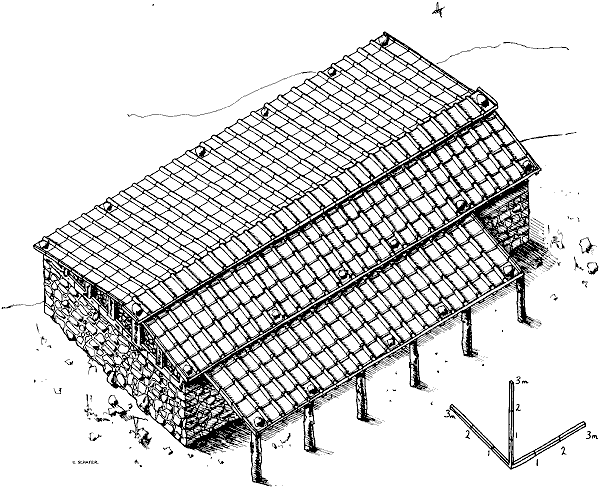
The Etruscan society is now very evolved and the demand for wine is increasingly exigent. Local and imported wines are consumed. Wine of different quality is required, with a great circulation of varieties of different derivation. A more and more considerable production leads to overseas trade, mainly directed towards the Celts of southern France (see here).
The next phase was that called of Romanization
(more or less from the III century BC) The influence of other viticultural techniques coming from Rome may in part yet even have preceded the military conquest, which however will be completed by the first century BC. Alongside the traditional form of the married vine and the persistence of the lambruscaie, also the viticulture in rows begins, with parallel trenches (on the evolution of Roman viticulture we will speak again).
And yet it will not end here: all these forms of vine cultivation will continue to coexist for millennia, with Rome and for the following centuries (naturally with further evolutions), arriving however almost until our days.

from: A. Cianci et al. “Archeologia della vite e del vino in Etruria” Ed. Ci.Vin 2007
From slides and works by prof. Attilio Scienza